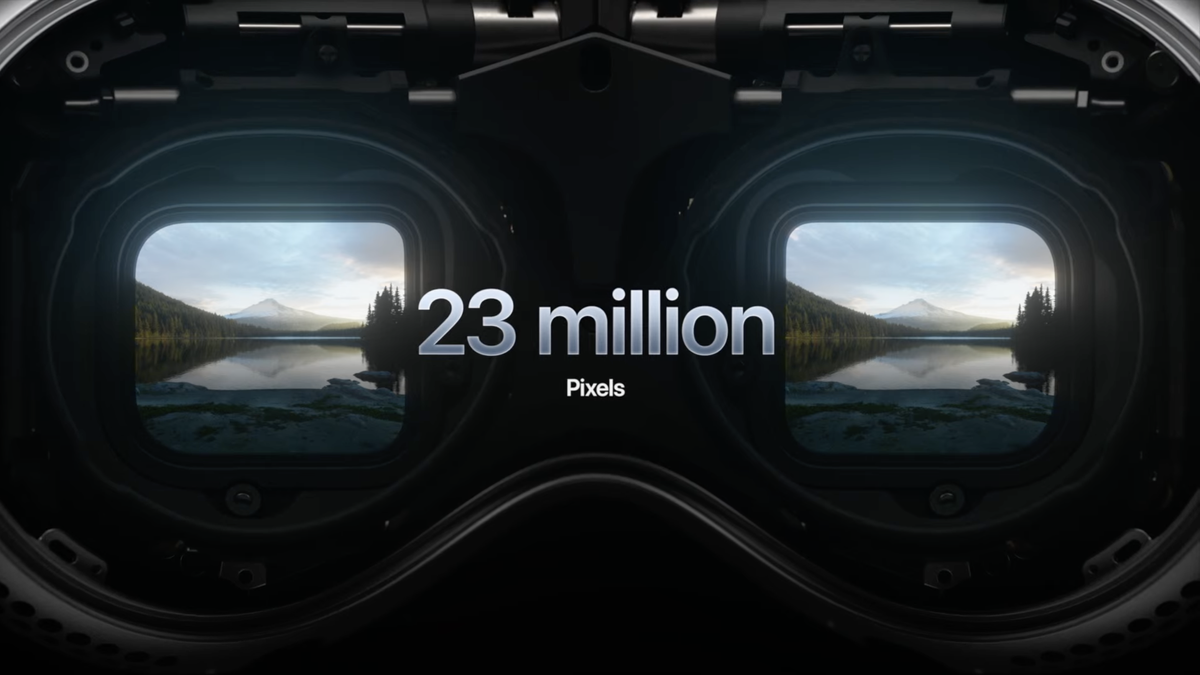Tkumpathenurpahl
Veteran
There are some interesting bits in there though.
1) contains Qualcomm XR SoC. This doesn't guarantee a fully standalone headset, but I'd say it improves the odds.
2) the visor flips up! I rather like that feature and think it'd help with the isolating quality from which VR suffers. Great for party games!
3) they make mention of split rendering. Again, this doesn't guarantee anything, and rendering gaming content is less forgiving than CAD software, but it's still potential tech that will find its way into gaming.
4) wireless tethering! From asterisk 5:
"Only works with compatible applications, when used in tethered mode. (wired and wireless) Resolution, refresh rate and color space may differ depending on application."
I think anything here would better fit a PSVR3, as I think Sony's move with PSVR2 should be a PSVR2 Lite to address a more budget conscious market. Not for a couple of years though.
1) contains Qualcomm XR SoC. This doesn't guarantee a fully standalone headset, but I'd say it improves the odds.
2) the visor flips up! I rather like that feature and think it'd help with the isolating quality from which VR suffers. Great for party games!
3) they make mention of split rendering. Again, this doesn't guarantee anything, and rendering gaming content is less forgiving than CAD software, but it's still potential tech that will find its way into gaming.
4) wireless tethering! From asterisk 5:
"Only works with compatible applications, when used in tethered mode. (wired and wireless) Resolution, refresh rate and color space may differ depending on application."
I think anything here would better fit a PSVR3, as I think Sony's move with PSVR2 should be a PSVR2 Lite to address a more budget conscious market. Not for a couple of years though.







